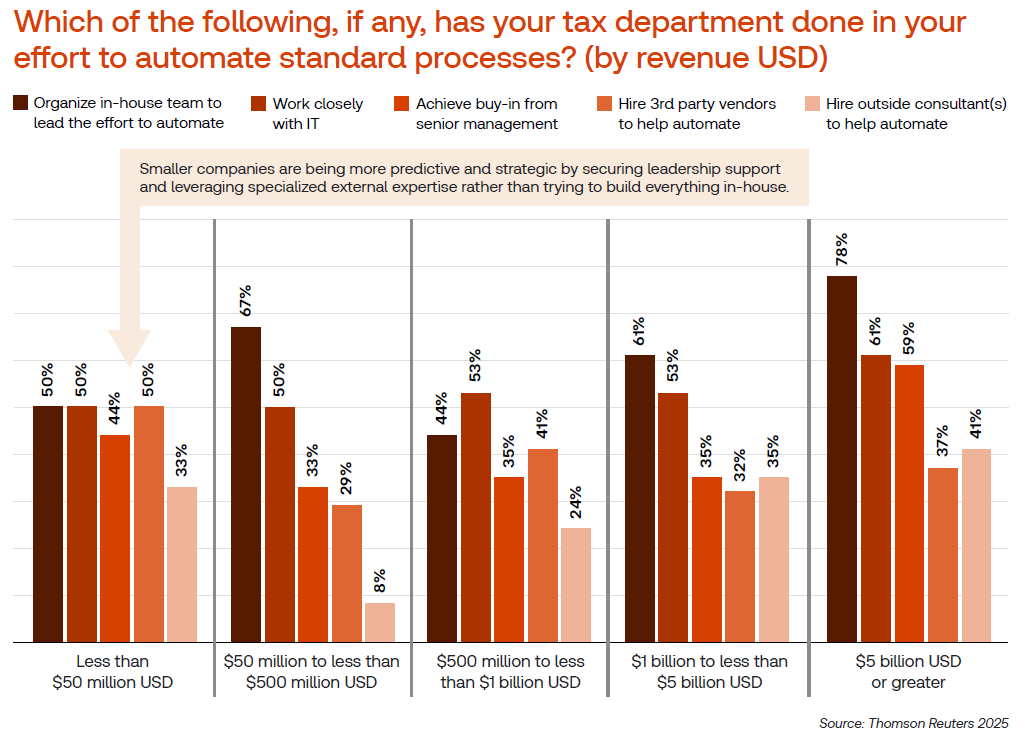- ‘Fast, furious, and brutal!’ Trump warns Hamas as Gaza ceasefire hangs by thread; Middle East on alert Times of India
- Trump claims Middle East countries offered to fight Hamas in Gaza Al Jazeera
- Donald Trump threatens Hamas amid push on next Gaza…
Blog
-
'Fast, furious, and brutal!' Trump warns Hamas as Gaza ceasefire hangs by thread; Middle East on alert – Times of India
-

The Strad News – Violinist Lisa Batiashvili to join Mozarteum University faculty
Read more news stories here
The Mozarteum University in Salzburg, Austria, has announced the appointment of Lisa Batiashvili as its new professor of violin. Batiashvili will take up the role from October 2026.
The institution additionally…
Continue Reading
-
Just a moment…
Just a moment… This request seems a bit unusual, so we need to confirm that you’re human. Please press and hold the button until it turns completely green. Thank you for your cooperation!
Continue Reading
-

Jimmy’s Farm and Wildlife Park welcomes new lions and tiger
 Jimmy’s Farm and Wildlife Park
Jimmy’s Farm and Wildlife ParkAsiatic lion Kamal previously helped breed three female cubs An award-winning wildlife park in Suffolk is now home to three big cats after they were successfully transferred from a theme park and zoo.
Jimmy’s Farm and…
Continue Reading
-

England rugby legend Emily Scarratt retires after second World Cup victory
Going out on top is something few athletes get to script, but England’s Emily Scarratt has bucked that trend.
The 35-year-old, one of the most decorated players in English rugby history, announced her retirement on 21 October, a month after…
Continue Reading
-

Automation is a top corporate tax priority, but constraints hinder advancement
Most corporate tax departments categorize their automation posture as “reactive” or “chaotic”, according to a recent report; however, in leaving automation initiatives to already overburdened tax professionals, leadership struggles to carry out its tech goals
Key takeaways:
-
-
-
Automation is a top priority, but progress is slow — While automation ranks highly among corporate tax leaders’ priorities, leaders from a majority of tax departments still view their automation efforts as reactive or chaotic rather than optimized or predictive.
-
Resource constraints limit automation efforts — More than half of respondents say their tax departments feel under-resourced, and those departments with limited resources are much more likely to struggle with implementing effective automation strategies.
-
Departments need to invest to see automation returns — Most tax departments attempt to tackle automation internally, often relying on hybrid roles rather than dedicated technology professionals, which can further strain already limited resources and hinder progress.
-
-
The corporate tax world wishes to automate. This likely isn’t a surprise, given the increasingly complex and ever-changing nature of tax laws and regulations, particularly over the past year. In fact, according to the recently published 2025 State of the Corporate Tax Department report from the Thomson Reuters Institute and Tax Executives Institute, 10% of corporate tax leaders named process automation as their single top priority for the next 18 months, and about one-quarter of them have it as a Top 3 priority. That trails only tax compliance, planning & strategy, and new tax legislation among trends that are top of mind among corporate tax leaders today.
This heightened level of importance for automation may be a reflection of where tax departments view their efforts currently. The same report reveals that more than two-thirds of survey respondents view the levels of automation within their tax departments as reactive or chaotic, while very few are taking an optimized or predictive posture. Clearly, there is work to be done in order to extract the most from workflow tools, or even next-generation technologies such as agentic AI for tax work.
This begs the question, however: Even if corporate tax leaders are trying to automate, how are they going to go about actually doing so? As with many initiatives in the business world, it may be easier said than done.
Corporate tax departments have long been asked to do more with less, and many are feeling the effects of limited resources for daily tax work, let alone new technology investment and implementation. At the same time, however, research reveals that many of these same departments are looking to tackle automation initiatives on their own, eschewing outside aid from service providers or other third parties.
Clearly, something has to give in order to automate the department. Either corporate tax departments need to find resources to dedicate to true automation, or they need to figure out how to better work with outside providers to make automation occur. Because as it stands now, many departments risk being stuck in a state of stasis, never being able to truly bring their automation beyond a reactive posture.
Automation issues
Process automation can provide a major boon to corporate tax departments, if it is implemented correctly. Actions such as integrating and centralizing data through an enterprise resource planning (ERP) system, breaking down silos to facilitate cross-departmental coordination and communication, and implementing cutting-edge technologies such as AI can help tax professionals gain greater speed, accuracy, and efficiency.
However, it’s clear that many tax professionals do not believe their organizations are automating in a way that allows for more proactive technology usage. In fact, 68% say they view their organization’s technology and automation usage as chaotic or reactive — only slightly better than in last year’s report.
This skeptical view towards their tax department’s technology posture also is not unique to any particular size or geographic location of their company. More than 60% of respondents from companies with less than $50 million in annual revenue took a negative view towards the state of automation; yet the same holds true for respondents from companies with more than $5 billion in annual revenue. And while global respondents were slightly more bullish on automation than their counterparts in the United States, the need for more automation is clearly a global goal.
Some interesting differences occur, however, when cross-tabulating opinions of automation with whether a respondent feels their department is adequately resourced. In total, 58% of respondents say they feel their department is under-resourced (an increase of 7 percentage points from last year), while just 38% say they feel their department is resourced about right, with the remainder unsure.
To be sure, there is some technology consternation even among those that say they feel their organization is adequately resourced. More than half (55%) of that group say they feel their automation posture was either reactive or chaotic, displaying that adequate resources are not a panacea to technology woes.
A lack of resources, however, can certainly seem to exacerbate the problem. Among respondents who say they feel their department is under-resourced, 77% called their automation posture chaotic or reactive, 22 percentage points higher than did respondents at adequately resourced departments. Just 4% of this under-resourced group felt their automation was either optimized or predictive, compared to 10% of the adequately resourced group.
Automation plans into action
One might expect that corporate tax departments would be looking for outside help — either from the rest of the business or from third parties — particularly given the effect of resource constraints on technology efforts. After all, automation is just one priority among a number of complex areas within the tax department, and it’s also not an area that many tax professionals may be naturally equipped to tackle.
However, when asked about their primary strategies for tackling automation internally, many tax departments are still mainly looking in-house. Some are working with their company’s IT or senior leadership, while fewer are working with outside vendors or consultants. Among companies of all sizes, however, the primary way most are tackling automation is through a team within the tax department itself.

Tax departments within larger companies do tend to have more resources, both monetary and in personnel, and thus have more capability to tackle tax automation in-house. Even at smaller companies, however, most are attempting to stretch resources internally rather than setting aside budget for external help.
Often, this means training existing staff on technology, given that few tax departments have technologists directly on staff. In a separate report from the Thomson Reuters Institute and the Tax Executives Institute released earlier this year, the 2025 Corporate Tax Technology Report, our research found that just 15% of survey respondents say their tax departments have a technology-specific professional within the department, while 28% say they have technology personnel shared with another department such as finance. However, the most common way of staffing technology matters is through hybrid roles, the report shows, with more than half (52%) of departments primarily staffing their technology initiatives through hybrid personnel that hold both tax and technology job functions.
Again, this begs the question: How big of a priority is automation truly for today’s tax departments? Department leadership claims that it is one of their top priorities moving forward, but tax professionals still see a reactive or chaotic posture towards automation in their own work. Further, attempts to change this dynamic are largely internal, often being left to personnel with dual tax/technology roles who may be already feeling the pressure of being under-resourced and having to do more with less.
Ultimately, automation should be a top-level strategy decision for tax departments, not something simply alluded to with lip service. Is automating the department’s work processes actually a priority? Would automation provide positive returns, making it worth the investment? What mix of personnel would actually lead to success, rather than to what is expedient?
If automation is truly a priority, corporate tax leaders need to dedicate actually impactful resources to technology projects, above and beyond stretching internal tax professionals further. Otherwise, today’s tax departments risk never moving beyond a reactive technology posture.
You can download a full copy of the 2025 State of the Corporate Tax Department report, published by the Thomson Reuters Institute and Tax Executives Institute, here
Continue Reading
-
-

Profiling Pathogen-Induced Stress in Ginger Using Chromatographic Techniques
While ginger is an economically significant crop, its production is severely affected by fungal pathogens, especially Pythium aphanidermatum, which causes yield losses and decline in crop quality. Researchers at Mohanlal Sukhadia University…
Continue Reading
-

From Ballon d’Or to broken: What next for Rodri? Man City’s injury-plagued midfielder facing fight to resurrect his career
Manchester City’s Champions League visit to Villarreal should have been a triumphant homecoming for Rodri, a return to the club that made him. But the midfielder will get no warm welcome back from his former fans at the Estadio de la Ceramica on…
Continue Reading
-

‘It’s like they’ve erupted out of someone’s subconscious’: how horror came to possess modern cinemas | Film
The biggest jump-scare the film industry has had in 2025? The return of horror as a main player at the UK box office. As a genre, it has impressively outperformed previous years (a 22% year-on-year increase for the UK and Irish box office:…
Continue Reading
-

The Athlete365 x Powerade Mind Zone returns for Milano Cortina 2026
Following its launch at Paris 2024, the space quickly became one of the most popular areas in the Olympic Village. Approximately 2,300 athletes from 148 countries took part in virtual reality mindfulness sessions, while thousands more joined art…
Continue Reading